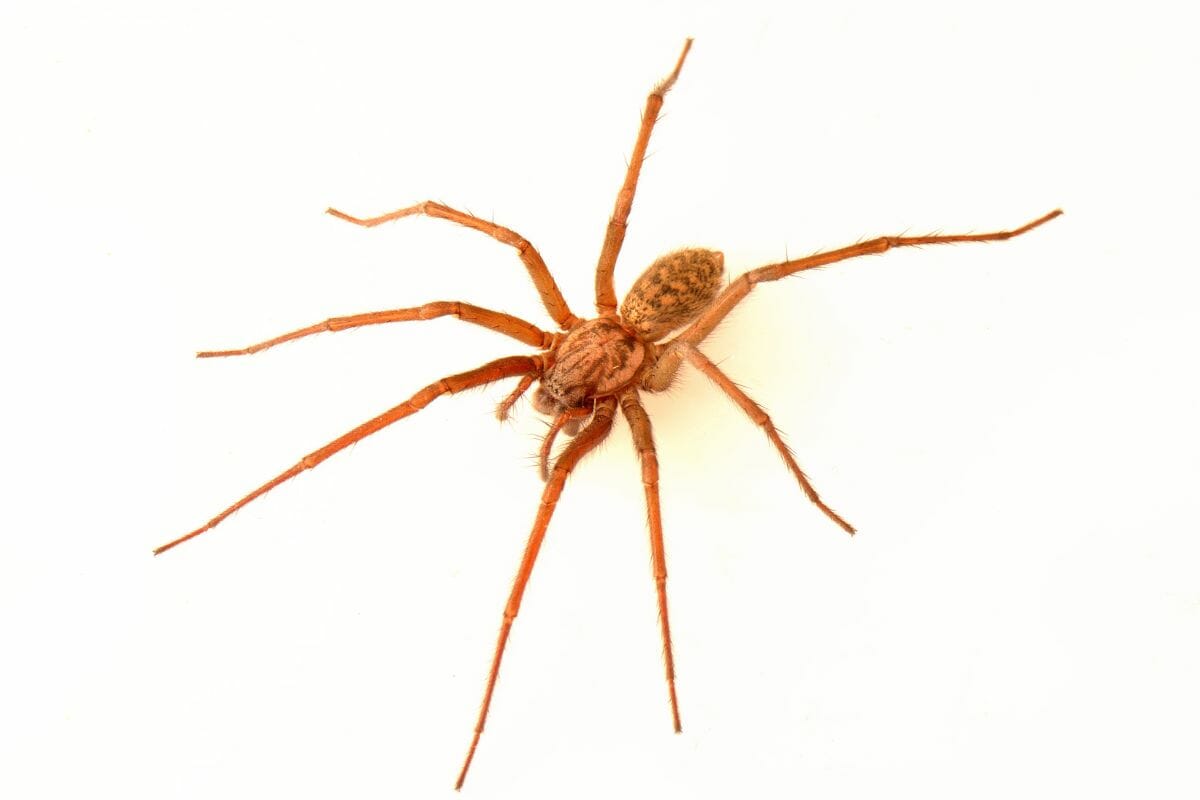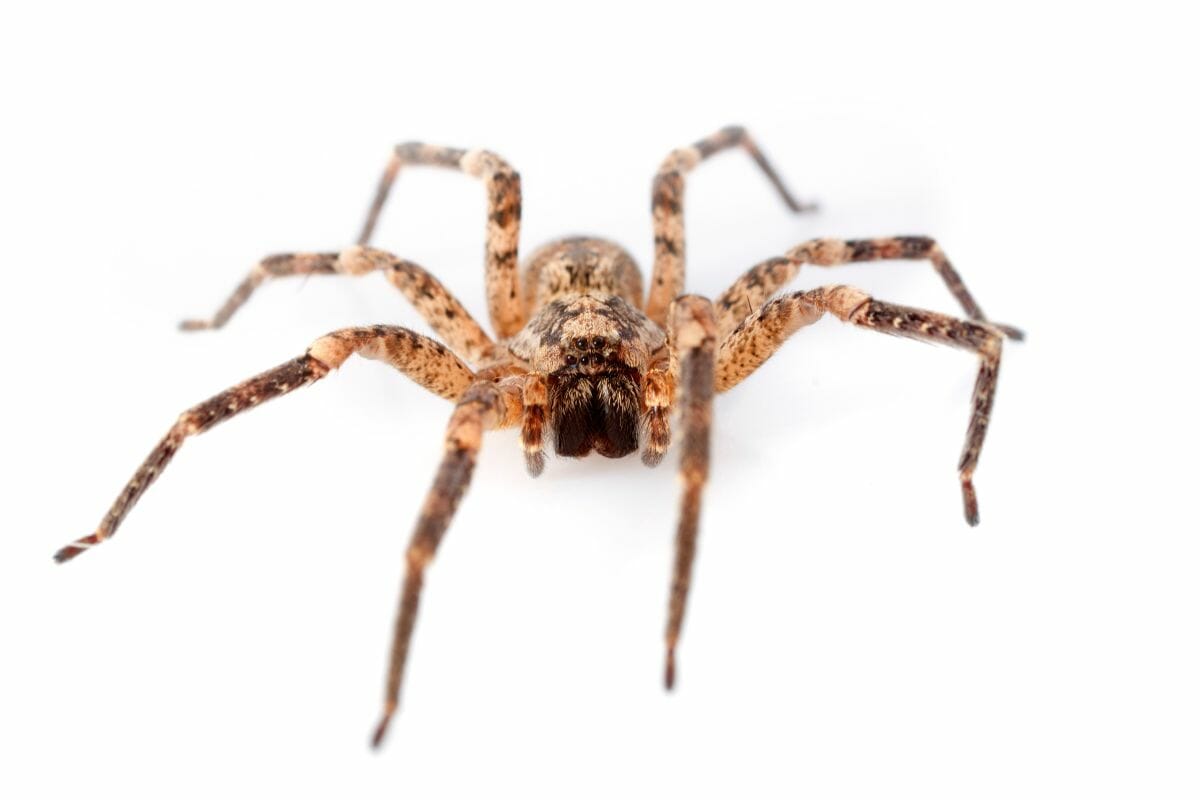Whilst there are species called “house spiders”, this term has become a generalized term for spiders that live in manmade structures.

Most of these are not harmful, and actually serve a wider purpose in the internal ecosystem of the home.
But what are some of the most common house spiders, and where can they be found?
House Spiders
Within the animal kingdom, there are over 48,000 species of spiders, and whilst some of these can be dangerous to human beings and larger mammals, the majority are harmless or moderately poisonous, and are more prone to running away and hiding than attacking humans.
Misconceptions
This is a common misconception, particularly with house spiders, and is one of the reasons why people are continually afraid of seeing spiders in their homes.
Whilst arachnophobia might be one of the most common phobias amongst humans, most spiders we encounter in our homes are more afraid of us than we are of them, and more than often enough, they pose little to no threat to us.
Most species of house spider were also born inside the home, and neither have the tools nor the capability to survive outside amongst nature.
They are responsible for keeping other household pests, like flies and termites, at bay, and if anything, are more of an asset than something to be feared.
Common Types Of House Spider (Non-Venomous)
Depending on the country you are in, the danger level of the spiders you will encounter in your home is minimal.
Common House Spider
The common house spider is, as its name suggests, one of the most commonly found spiders in the American home.
Also known as the American house spider, or the common spider, the common house spider is the most regularly seen spider in the United States and Canada, and is usually the main culprit for those cobwebs found in the corners of rooms, or behind those old boxes in your garage.
Cellar Spider
Cellar spiders are long bodied, thin spiders, with elongated, spindly limbs that appear barely thicker than a human hair.
These too are harmless pest eaters, keeping your house, garage, attic, and of course, cellar, free from small insects and pests.
They are not capable of biting through human skin, mainly due to the fragility of their jaws and their incredibly small size when compared to us, and as such they pose no threat.
Jumping Spider
There are several species of jumping spiders within the United States and Canada, but they are all categorized by the family name salticidae.
These are hunting spiders capable of jumping distances of 6 inches at a time, which might not seem a lot, but is quite impressive when you consider the size of the spider.
Whilst commonly found in homes, they can also be found around firewood, or in nature, and pose no threat to humans, despite being commonly confused with the black widow spiders because of their red markings around their abdomens.
Funnel Weaver
Part of the family agelenidae, funnel weaver spiders are most commonly found during fall, when their webs can be seen coated with dew.
They build their webs in a variety of places in the home, and shouldn’t be confused with the Australian funnel web spider, which is much more dangerous than this common house spider.
Whilst once considered dangerous, funnel weavers (or hobo spiders, as they are known), are not considered toxic to humans.
Wolf Spiders
Large, hairy, and great at hunting, wolf spiders are commonly confused with tarantulas, but are in fact harmless scavengers and pest eaters.
Whilst more commonly outdoor spiders in their North American and Mexican habitats, they are regularly seen indoors, as their opportunistic hunting style often leads them indoors looking for food.
Common Types Of House Spider (Venomous)

Despite most spiders preferring not to engage at all, and most providing little to no risk of injury to humans, there are some commonly found spiders in the home that do pack more of a punch.
Sac Spider
These spiders use their webs to create small, tent-like structures in the corner of rooms or on the ground.
These tents or sacs can differ in color and shade, and are best left alone, as the cytotoxin in their bites has been shown to be harmful in humans.
Brown Recluse Spider
Also known as violin or fiddle back spiders, the brown recluse spider is the most dangerous of the mostly harmless brown spider family.
However, they are not generally aggressive, and will not bite unless you give them no other option.
However, they can be frequently disturbed when cleaning out storage areas and attics, and so bites on the hands or arms are common, and not usually noticed until later when discomfort sets in.
The best way to avoid a bite is to shake out clothing left out overnight, empty boots upside down before putting them on, and wear gloves when cleaning a storage area or wood pile.
Widow Spider
Whilst not overly common, at least not when compared to the other species on this list, widow spiders are some of the most feared and instantly recognisable spiders found in the United States.
Despite being feared for the harm their bite can cause, black widows in particular are incredibly shy, and are more likely to flee than attempt an attack.
That being said, female black widows who have recently birthed their young can be especially aggressive, and are more likely to bite.
Final Thoughts
And there we have it, everything you need to know about the most common house spiders found in the United States.
The important thing to remember is that the majority of spiders are not out to harm you, and that most spiders found in the home are serving an important purpose in helping to keep your home free of irritating bugs and pests.









